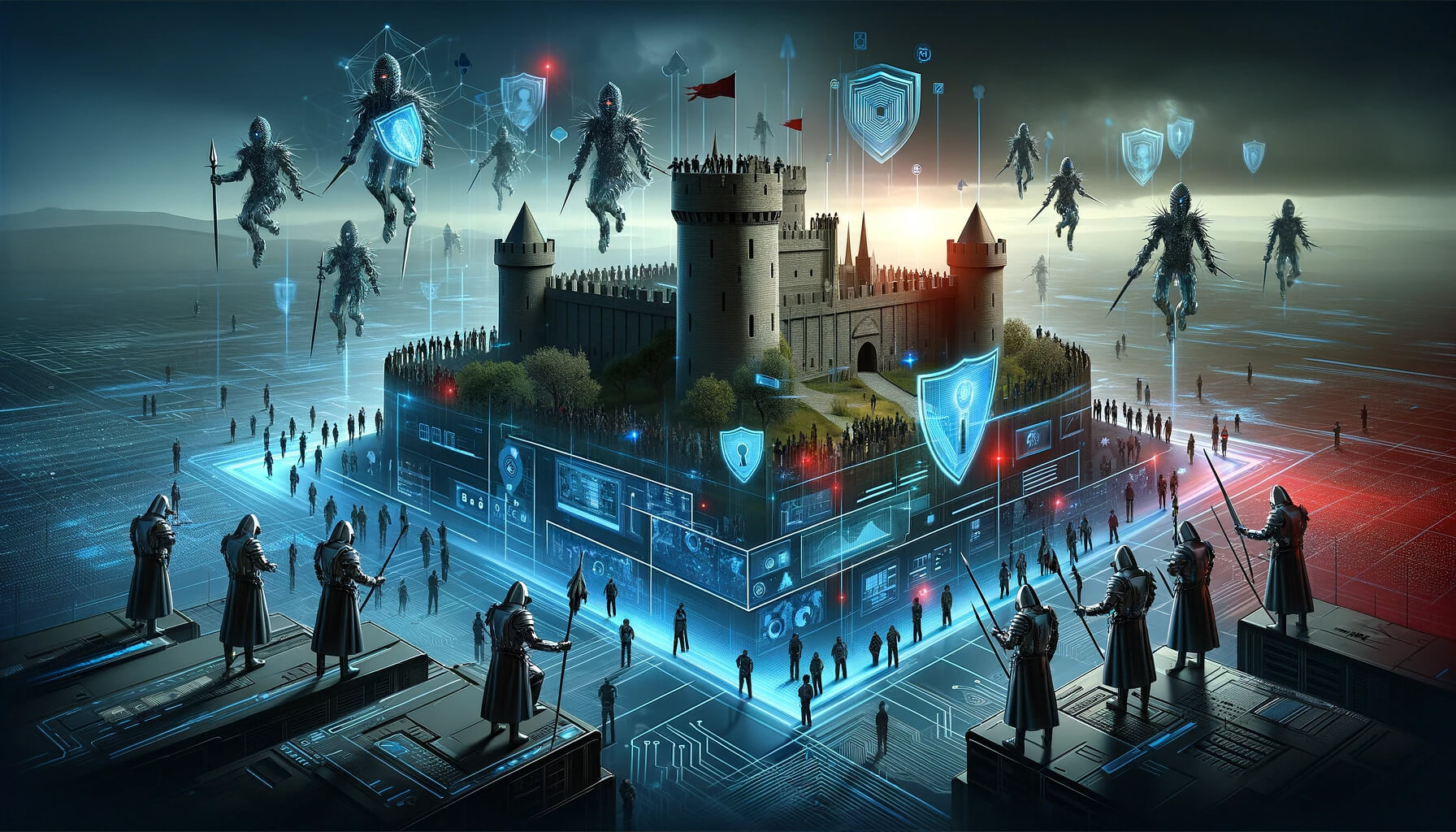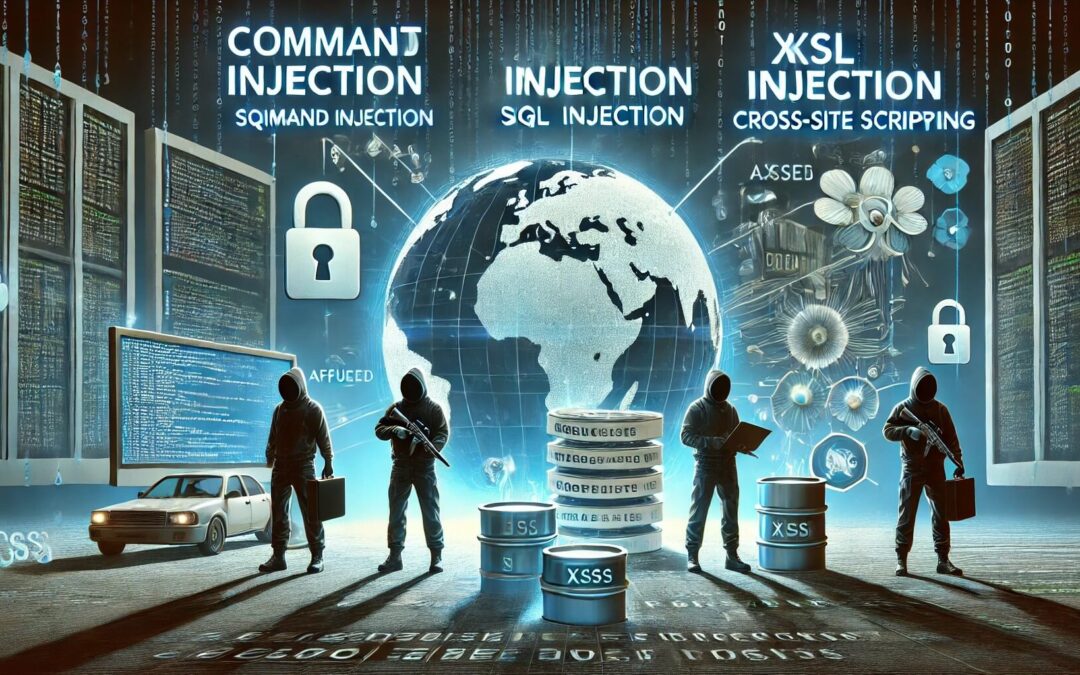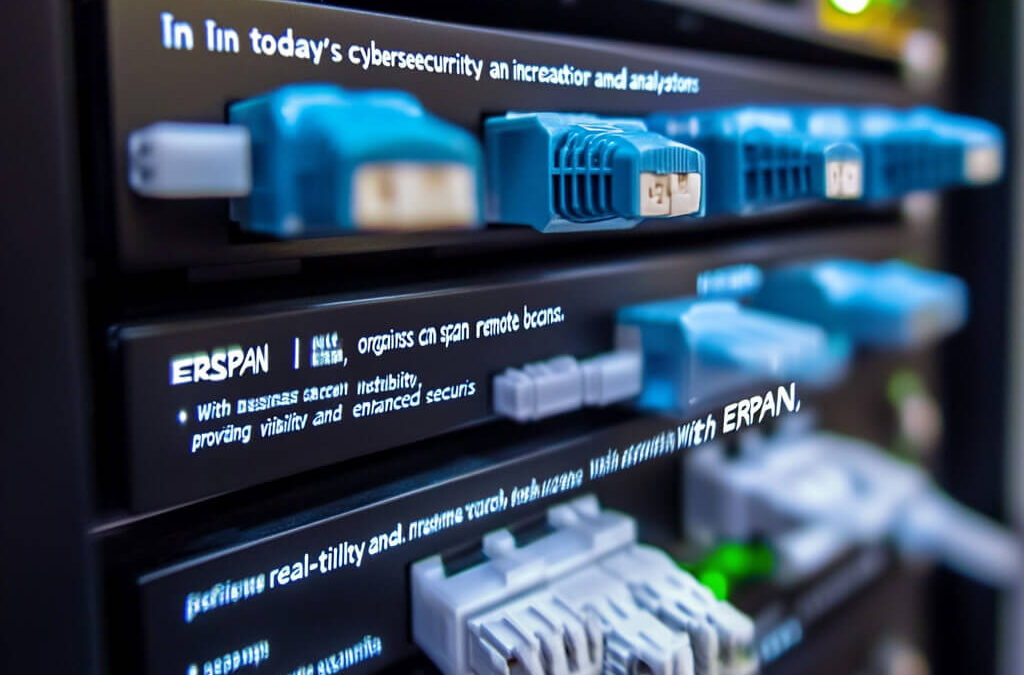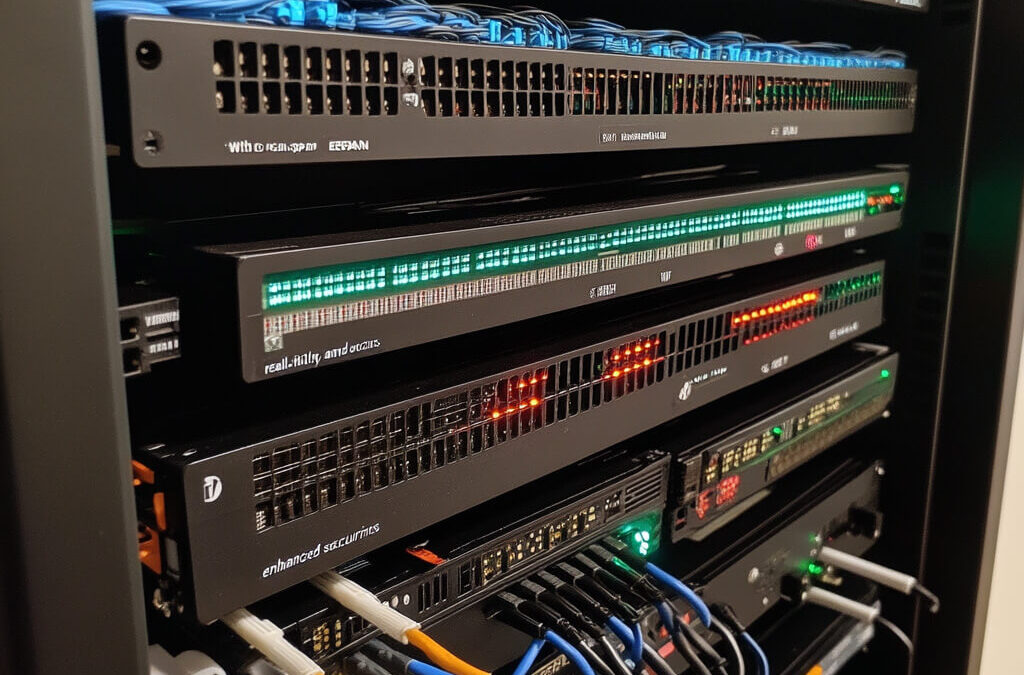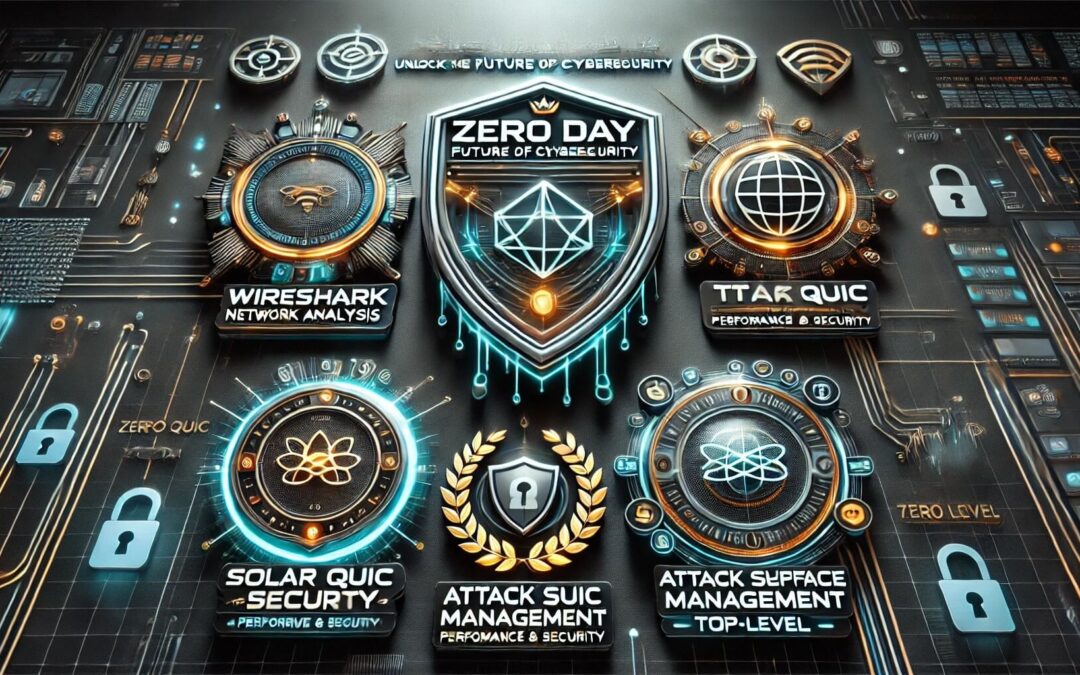In the ever-evolving digital landscape, where the boundaries between the virtual and the real are increasingly blurred, there exists a realm of relentless warfare.
It’s a battleground where malicious actors wage an unceasing war on digital fortresses, seeking to infiltrate, exploit, and exfiltrate. As we navigate the digital frontier, it’s imperative to recognize the imperative shift from a reactive stance of detection and response to the proactive bastion of prevention.
Cybersecurity professionals, often portrayed as modern-day knights, are engaged in an ongoing battle against a formidable and ever-adapting adversary.
This blog post serves as a call to arms, an exploration of the strategies and tools that will equip these digital defenders to not just withstand but triumph in this relentless war.
The Rising Tide of Cyber Threats
In the age of interconnected systems and boundless data, we find ourselves amid an unprecedented digital arms race.
The adversaries, often faceless and hidden behind layers of anonymity, have evolved from mere script kiddies to sophisticated actors with nation-state capabilities.
Recent headlines serve as stark reminders that the digital realm is no longer a playground; it’s a battlefield where the consequences of a breach ripple far beyond the confines of code and networks.

The Proliferation of Cyber Incidents
As we delve into this ever-shifting landscape, it’s impossible to ignore the sheer proliferation of cyber incidents.
Whether it’s a high-profile ransomware attack targeting a critical infrastructure organization or a data breach compromising the personal information of millions, these incidents have become a daily occurrence. Each new breach serves as a testament to the audacity and adaptability of cybercriminals.
Sophistication on the Rise
Not only has the frequency of these attacks increased, but their sophistication has also reached unprecedented levels. The days of simple, easily detectable malware are behind us.
Today’s adversaries employ advanced techniques, including zero-day exploits, custom-made malware, and social engineering tactics that make them appear as legitimate users. It’s a game of cat and mouse where the mice have evolved into shape-shifters.
Limitations of Traditional Strategies
In the face of this evolving threat landscape, traditional cybersecurity strategies centered around detection and response have encountered their limitations.
Reactive measures, while necessary, often come too late. Detection, even when rapid, can mean that the breach has already occurred, leaving organizations in a state of damage control.
The Inevitability of False Negatives
Moreover, traditional detection methods inherently suffer from false negatives – incidents that go undetected.
The absence of alarms doesn’t necessarily indicate safety; it may merely signify the absence of detection. This blind spot poses a considerable risk, as attackers may persist undetected for extended periods.
The Need for a Paradigm Shift
It’s clear that the rising tide of cyber threats demands a paradigm shift. Waiting for the alarm bells to ring is no longer a viable strategy.
Prevention, the act of fortifying defenses before an attack occurs, emerges as the new imperative. The digital knights must evolve from reacting to threats to preventing them from ever breaching the gates.
Prevention as the New Paradigm
In the realm of cybersecurity, the adage, “an ounce of prevention is worth a pound of cure,” has never rung truer. Section 2 delves into the transformative concept that prevention is not just a strategy but a new paradigm for defending the digital realm.
The Imperative of Proactive Defense
As we navigate the treacherous waters of the digital age, it becomes abundantly clear that a shift from reactive to proactive defense is essential.
Waiting for malicious actors to strike and then responding is no longer a viable approach. Prevention, at its core, involves fortifying the defenses and thwarting potential threats before they materialize into breaches.
The Birth of the Zero-Day Badge Program
At the forefront of this new paradigm stands the Zero-Day Badge program. It heralds a sea change in cybersecurity by championing a prevention-first strategy.
The central premise is simple yet profound: stop the threat in its tracks before it infiltrates and wreaks havoc. Rather than chasing after adversaries, the program focuses on building digital fortifications that deter attacks in the first place.
Illustrating the Power of Prevention
To appreciate the potency of prevention, one need not look further than the SolarWinds attack.
This cyber behemoth, long considered impervious, fell not due to a sophisticated detection system but because of a robust prevention infrastructure. It is a testament to the effectiveness of prioritizing prevention over detection. In this high-stakes game of cat and mouse, the mouse never reached the cheese.
The Role of Preemptive Action
Prevention is about taking preemptive action. It involves identifying vulnerabilities, patching weaknesses, and creating an environment where potential adversaries are met with insurmountable barriers.
Rather than merely reacting to threats as they emerge, it’s about making the environment inhospitable to attackers from the outset.
A Shift in Mindset
Prevention isn’t just about technology and tools; it’s a shift in mindset.
It’s about acknowledging that the best way to win a battle is to ensure it never occurs. It’s recognizing that while detection and response have their place, they should be secondary to robust, proactive defenses.
Embracing the New Paradigm
To embrace this new paradigm, organizations must undergo a cultural shift.
It requires a commitment to prevention, from the C-suite to the cybersecurity professionals on the frontlines. It’s about investing in the technology, training, and strategies that prioritize prevention as the first line of defense.

Building a Prevention-Centric Cybersecurity Framework
In the relentless battle for digital sovereignty, a strong defense begins with a well-structured framework.
We will now delve deeper into the construction of a prevention-centric cybersecurity framework, a blueprint for those who are determined to rise above the chaos of cyber threats.
The Foundation of Knowledge
Just as knights of old honed their combat skills through rigorous training, cybersecurity professionals must build their expertise.
Advanced cybersecurity training and education are the cornerstones of proactive defense. Understanding the intricacies of threats, vulnerabilities, and risk management is essential.
Best Practices for Proactive Cyber Defense
A robust cybersecurity framework isn’t built on guesswork.
It relies on a foundation of best practices, tried and tested in the crucible of real-world threats.
We explore these practices in detail, from threat intelligence and risk assessment to vulnerability management and incident response planning. These are the tools in the digital knight’s arsenal.
Continuous Learning and Adaptability
The digital landscape is ever-changing, akin to a battlefield where new tactics and weapons emerge daily.
Empowerment comes from recognizing that learning is not a finite task but a continuous journey. Cybersecurity professionals must adapt to the evolving threat landscape, staying one step ahead of adversaries.
Much like knights adapting their strategies to different adversaries, cyber defenders must be adaptable. They should be prepared for a multitude of scenarios, understanding that no two threats are the same.
The ability to pivot and respond effectively in the face of unforeseen challenges is a hallmark of a prevention-centric mindset.
As we continue our exploration of cybersecurity best practices, let us remember that the strongest castles are not built overnight, but brick by brick.
Similarly, a prevention-centric cybersecurity framework is not an immediate achievement, but a long-term commitment to safeguarding our digital realm against the relentless tide of cyber threats.
Tools and Strategies for Effective Prevention
In the complex landscape of cybersecurity, the tools and strategies at our disposal are the keys to fortifying our digital defenses.
This section delves into the arsenal of advanced tools and proactive strategies that form the backbone of effective prevention.
Zero-Day Threat Prevention
At the forefront of modern cybersecurity stands the concept of zero-day threat prevention.
Zero-day vulnerabilities are weaknesses in software or systems that are unknown to the vendor and therefore lack patches or fixes.
Cyber adversaries often exploit these vulnerabilities before they are discovered. A prevention-centric strategy focuses on identifying and mitigating these vulnerabilities before they can be weaponized.
Zero Trust Security Solutions
Imagine a medieval fortress where no one, regardless of their appearance, is granted entry without scrutiny. Zero Trust security operates on a similar principle.
In this strategy, trust is never assumed, and every user and device, whether internal or external to the organization, must be verified before accessing sensitive resources. This approach minimizes the attack surface and ensures that even if an attacker infiltrates one part of the network, they face additional layers of authentication and protection.
Regular Updates
The importance of keeping all software and systems up to date cannot be overstated.
Vulnerabilities and weaknesses are discovered and patched regularly. Neglecting updates is akin to leaving a castle gate open for invaders. Routine updates act as an essential barrier against known threats.
Network Segmentation
Just as a medieval citadel would have multiple layers of walls and gates to slow down intruders, network segmentation divides your network into smaller, isolated segments.
This strategy contains potential threats and limits their lateral movement within your network. If one segment is compromised, the attacker’s access to the rest of your infrastructure remains restricted.
Advanced Security Solutions
Leveraging advanced security solutions is akin to outfitting your knights with the latest weaponry and armor.
Technologies such as artificial intelligence, machine learning, and behavioral analytics can identify anomalous patterns and potential threats in real-time, bolstering your defenses.
However, remember that technology is only as effective as the people who wield it. Proper configuration, monitoring, and maintenance of these tools are essential. Vigilance and expertise are required to harness their full potential.
The Symphony of Prevention
As we explore this arsenal, it becomes clear that it’s not just about collecting weapons but understanding when and how to use them.
An effective prevention strategy involves a combination of these tools and strategies, tailored to your organization’s specific needs and vulnerabilities. It’s the continuous evaluation and adaptation of these tools that will ultimately lead to triumph on the digital battlefield.
Empowering Cybersecurity Professionals
In the grand tapestry of cyber defense, it is the individuals who stand as the weavers of fate. IT managers, CISOs, and the unsung heroes of the cybersecurity world form the backbone of our digital protection.
In this section, we honor their critical role and explore how empowerment and collaboration can elevate the entire realm of cybersecurity.
Guardians of the Digital Realm
Much like the vigilant sentinels who patrol castle walls, IT managers and CISOs are responsible for safeguarding the digital dominion.
They are the strategists, the decision-makers, and the leaders who guide their teams in the face of ever-evolving threats.
Empowering them means equipping them with the knowledge, resources, and authority needed to make swift and effective decisions.
Cybersecurity Professionals at the Frontlines
Every day, cybersecurity professionals are in the trenches, defending their organizations against a barrage of attacks. Their dedication and expertise are the shield that protects our digital assets.
To empower them, organizations must invest in training, professional development, and the tools necessary to carry out their duties effectively.
Embracing Prevention Strategies
Empowerment comes from recognizing that prevention is not just a strategy but a philosophy. It’s a shift in mindset that emphasizes proactivity over reactivity. Cybersecurity professionals must embrace this philosophy and instill it within their teams, fostering a culture of prevention throughout the organization.
Continuous Learning and Adaptability
In the ever-changing landscape of cybersecurity, stagnation is the enemy.
Empowered professionals understand the importance of continuous learning and adaptability. They seek out new knowledge, stay abreast of emerging threats, and adapt their strategies accordingly.
Cybersecurity communities and forums provide valuable resources for staying informed and connected with peers.
Professional Development Opportunities
Organizations can further empower their cybersecurity professionals by providing access to ongoing training and professional development opportunities.
Certifications, workshops, and conferences offer avenues for growth and specialization within the field. Encouraging participation in these activities not only enhances the skills of individuals but also strengthens the overall cybersecurity posture.
The Value of Community
Cybersecurity is not a solitary endeavor; it thrives within a community of like-minded professionals.
Engagement with cybersecurity communities and forums fosters collaboration, knowledge sharing, and the exchange of best practices. These communities serve as both a support network and a wellspring of expertise.
Conclusion
In the grand saga of cybersecurity, we embarked on a journey from the battlegrounds of detection and response to the pinnacle of prevention.
Through the lens of the prevention-centric paradigm, we’ve explored the rising tide of cyber threats, the transformative power of proactive defense, the construction of a robust cybersecurity framework, and the essential tools and strategies that form its bedrock. We’ve also celebrated the indispensable role of cybersecurity professionals and their empowerment as the guardians of our digital realm.
As we wrap up this exploration, it’s crucial to recall the essence of prevention. It’s not merely a strategy; it’s a mindset, a way of life in the digital age. Prevention embodies the idea that the best way to win a battle is to ensure it never occurs.
Join the Zero-Day Think Tank
As we conclude this narrative, we extend an invitation to join the Zero-Day Think Tank community—a fellowship dedicated to the relentless pursuit of prevention. Together, we shall fortify our defenses, and together, we shall prevail in the face of the relentless digital onslaught. Join us, and let us usher in a new era of cybersecurity excellence.
